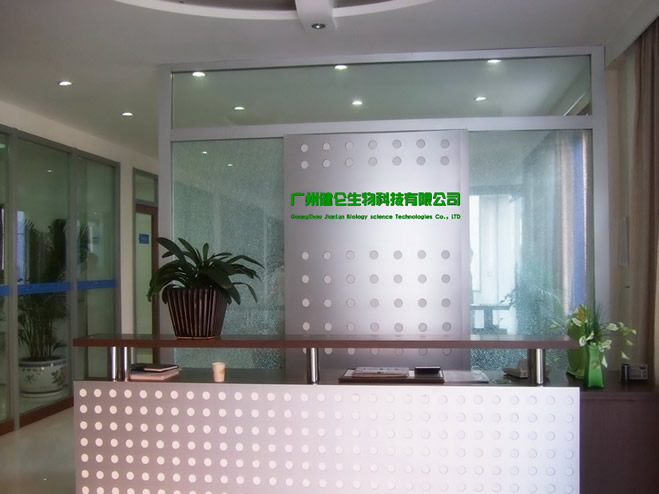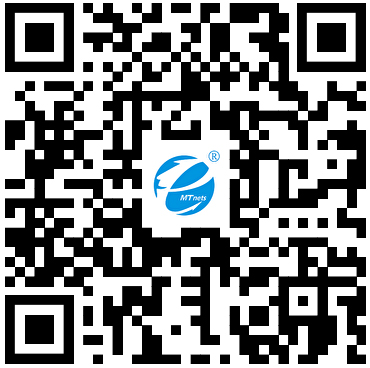| 供货周期 | 现货 |
|---|
甲型/乙型流感双通道核酸检测试剂盒
广州健仑生物科技有限公司
广州健仑长期供应各种流感检测试剂,包括进口和国产的品牌,主要包括日本富士瑞必欧、日本生研、美国BD、美国NovaBios、美国binaxNOW、凯必利、广州创仑等主流品牌。
甲型/乙型流感双通道核酸检测试剂盒
我司还提供其它进口或国产试剂盒:登革热、疟疾、流感、A链球菌、合胞病毒、腮病毒、乙脑、寨卡、黄热病、基孔肯雅热、克锥虫病、违禁品滥用、肺炎球菌、军团菌、化妆品检测、食品安全检测等试剂盒以及日本生研细菌分型诊断血清、德国SiFin诊断血清、丹麦SSI诊断血清等产品。
欢迎咨询
欢迎咨询2042552662


想了解更多的产品及服务请扫描下方二维码:

【公司名称】 广州健仑生物科技有限公司
【市场部】 杨永汉
【】
【腾讯 】 2042552662
【公司地址】 广州清华科技园创新基地番禺石楼镇创启路63号二期2幢101-103室

空间细胞的培养应是无菌的,细胞应在即将发射之前放人飞船。各种细胞是有可能在轨道内培养30天左右的。培养类型可以适用于悬浮、贴附的动植物细胞,动物组织,细菌和微小的非饲养类的微生物。新鲜细胞可来自输送到ISS的冻存细胞。3、10或30ml培养体系需维持在4~40°C和适当的湿度、pH下、二氧化碳、氧气浓度均严格控制在一个大气压下。用相差/荧光显微镜可观察到细胞的图象,如果需要,图象数据能被发回地面实验室。作为参照,可以在空间站做人工重力环境下(0.1~2.0 g)的对照实验。营养物或特殊添加剂(如为方便在地面进一步研究所需的终止实验样本的固定剂)被自动加入,代谢废物也能自动被去除。标本或培养基质可在轨道直接进行及时的操作或冻存。一些基本的操作,如溶液混合、核酸抽提、胰酶消化、过滤、浓缩,可用半自动化的方法,或由宇航员协助。由于空问飞行研究的费用昂贵,进人空间的机会难得,并受到运载能力等的限制,同时也为确保难得和昂贵的空间试验的成功,十分需要首先在地面进行大量的预试验,以提高空间试验的安全性和可靠性。国外的经验表明,一次成功的飞行试验往往需要事先经过约2年左右时间的地面研究积累。这也要求我们设计制造各种模拟微重力效应的装置来进行空间细胞培养的地面研究。目前主要的地面模拟装置有回转器(clinostat)、随机定位机(random positioning machine,or tridimensional clinostat)、转壁容器(rotating wall vessel)、细胞培养舱(cell culture module,CCM)、自由落体机(free fall machine)等。
当前细胞科学面临的挑战是,绝大多数细胞培养产生的是单细胞层的标本,而我们迫切需要了解的是细胞之间怎样相互协同工作。空间试验表明,细胞在微重力下具有类似于在活体内的三维生长的潜能。NASA的Johnson空间中心研制的生物反应器系统是解决这一问题的有效尝试。作为研究微重力效应对于细胞影响的模型,它的核心是一个转壁容器,包括慢转横管(slow turing lateral vessel)和高位转管(high aspeet rotating vessel),通过旋转含有培养细胞的液体培养基来中和重力效应,在一个较大剪切力范围内(0.2~0.92 dyn/cm2)进行模拟研究,使细胞能以近似自然的方式生长。
The c*tion of space cells should be sterile, and the cells should be released into the spacecraft just prior to launch. A variety of cells is likely to train in orbit about 30 days. The type of culture can be applied to suspended, attached animal and plant cells, animal tissues, bacteria and tiny non-reared microorganisms. Fresh cells can come from cryopreserved cells that are delivered to the ISS. 3, 10 or 30ml culture system needs to be maintained at 4 ~ 40 ° C and the appropriate humidity, pH, carbon dioxide, oxygen concentrations are strictly controlled at one atmosphere. The images of the cells are visualized by phase contrast / fluorescence microscopy, and the image data can be sent back to the ground lab if needed. As a reference, the control experiment in artificial gravity environment (0.1 ~ 2.0 g) can be done in the space station. Nutrients or special additives, such as fixatives that terminate the experimental sample for further study on the ground, are automatically added and the metabolic waste can also be automatically removed. Specimens or culture medium can be directly in the track or timely operation or frozen storage. Some basic operations such as solution mixing, nucleic acid extraction, trypsinization, filtration, concentration, semi-automated methods available, or assisted by astronauts. Due to the high cost of access flight studies, the rare opportunity to enter space and constraints on carrying capacity and the like, and to ensure the success of rare and costly space trials, it is highly desirable to conduct a large number of preliminary tests on the ground to increase Space test safety and reliability. Experience from abroad shows that a successful flight test often requires ground research accumulated in advance for about two years. This also requires us to design and manufacture a variety of devices to simulate the effects of microgravity for the study of terrestrial cell culture. At present, the main ground simulation devices are clinostat, random positioning machine, or tridimensional clinostat, rotating wall vessel, cell culture module (CCM), free-fall machine free fall machine.
The current challenge in cell science is that the vast majority of cell cultures produce unicellular samples, and what we need urgently to understand is how cells work together. Space experiments show that cells have the potential to resemble three-dimensional growth in vivo under microgravity. The bioreactor system developed by NASA's Johnson Space Center is an effective attempt to solve this problem. As a model for studying the effects of microgravity on cells, it is centered around a transcantile vessel, including a slow turing lateral vessel and a high aspeet rotating vessel, by spinning a liquid containing cultured cells Base to neutralize the gravitational effect, simulating studies within a large shear range (0.2 to 0.92 dyn / cm2) allows cells to grow in a nearly natural manner.
















 采购中心
采购中心
 化工仪器网
化工仪器网